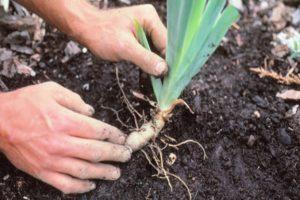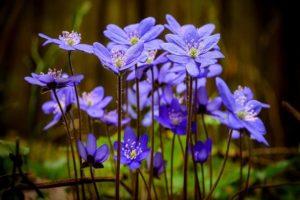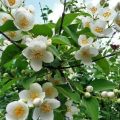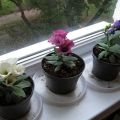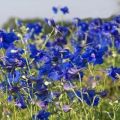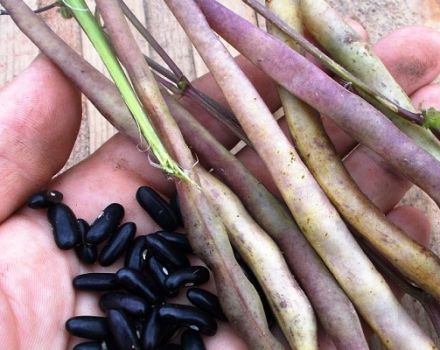Description of indoor jasmine, reproduction and cultivation, how to care
Indoor jasmine varieties come in several varieties. They delight with their flowers every spring season. The plant requires a special regime of watering, feeding, pruning, treatment from pests and diseases.
Varieties of varieties for growing in an apartment
There are several types of jasmine for indoor cultivation. Each of them requires mandatory care and compliance with growing conditions. White-flowered species have a stronger aroma than yellow and pink ones.
The most popular varieties are:
- Holoflower.
- Drug.
- Sambac.
- Bissa.
- Multi-flowered.
- Large-colored.
Description and features of the plant
The description of the variety includes: the appearance of the plant, the appearance of the flowers, the toxicity of jasmine, diseases and pests.
External description of the bush
The plant has bright green leaves, shiny, covered with wax. Lanceolate elongated shape. It has dense stems, which eventually cover with a thin bark. In indoor conditions, the plant is low, 30-50 cm.
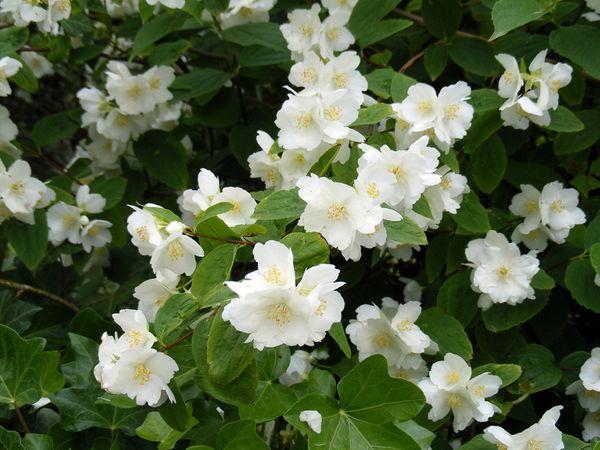
Bloom
During the flowering period, forms white flowers with a characteristic pleasant smell. Some varieties have pink or yellow blossoms. After flowering, the flowers fall off, the seeds do not form.
Virulence
The toxic substances of indoor jasmine are localized in the roots. A shrub with yellow flowers has the strongest action. Its poison causes drowsiness and disruption of the nervous system. This plant variety does not have a bright floral scent.
Disease and pests of culture
Most often, the indoor flower is affected by pests. They damage the plant, stop its growth, disrupt its development and flowering. They must be treated.
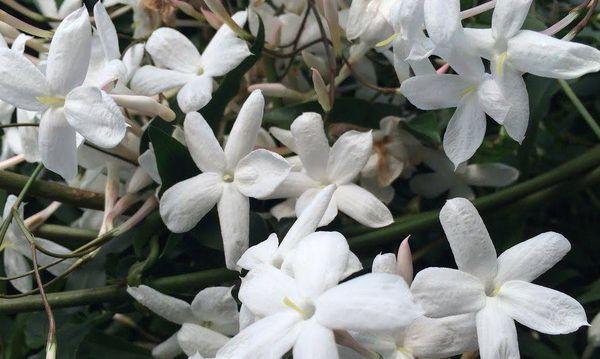
These include:
- Whitefly. The insect lays the larvae on jasmine leaves. They feed on the sap of the plant. The leaves gradually become covered with white spots, curl and fall off. To combat them, they are sprayed with an insecticide.
- Spider mite. It begins to envelop the internodes of the plant with cobwebs; white bloom is visible on the leaves. The tick leaves feces on the back of the leaf. This interferes with the normal development of jasmine.To combat it, the shrub is sprayed with an insecticide.
Requirements for growing conditions
To successfully grow a flower, you must choose the right location, observe temperature and humidity. Jasmine loves diffused lighting.
Optimal location and lighting
Indoor jasmine loves diffused sunlight. The east or west window sill of the apartment is best suited. When the shrub is located on the sunny side, it is necessary to cover it with a transparent mesh, direct sunlight causes leaf burns. In insufficient light, flower growth slows down and there is no flowering.
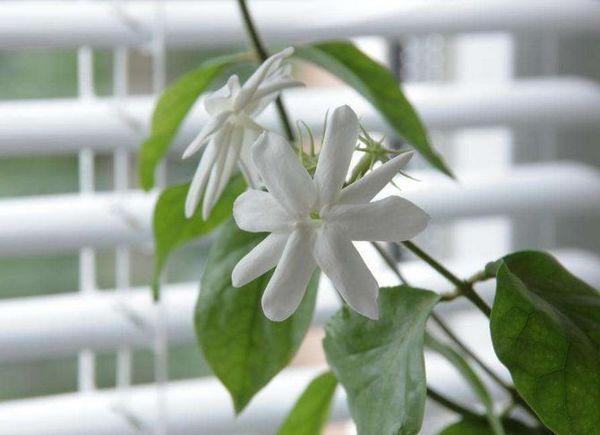
Temperature regime
The optimum temperature for jasmine flowering is 19-25 ° C. For the winter, the plant is placed in a cool place in order to activate growth and flowering by spring. If you leave it warm for the winter, then it will gain green mass.
Required humidity
The room maintains a humidity of about 80%. During the period of bud ovary and flowering, the plant requires additional moisture. To increase the humidity in the room, frequent wet cleaning is carried out.
How to plant jasmine at home
To plant jasmine at home, you need to choose the optimal soil composition, the size of the pot, and observe the planting technology.
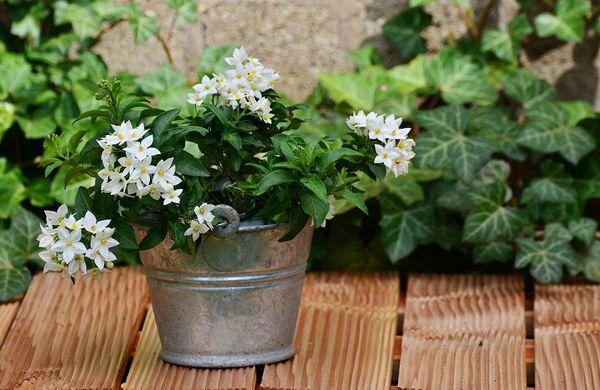
Optimal soil composition
The shrub is picky about the choice of land. For planting, ready-made store-bought slightly acidic soil with drainage is suitable. You can also prepare the composition yourself by extracting the ingredients from your own site. It is prepared from:
- 3 parts of clay;
- 1 part peat;
- sand.
Tank size
At the beginning of planting, buy a small pot. Its volume gradually increases along with the growth of jasmine. It is preferable to choose plastic or glass containers with drainage holes and a stand.
Technology and timing of planting a flower
After purchasing a young plant, it must be transplanted into a permanent pot, change the soil and feed it. To do this, adhere to the following algorithm:
- The purchased plant is left for 14 days to acclimatize.
- Planting is recommended in the spring, before flowering.
- The bottom of the new pot is filled with drainage material 1-2 cm.
- Fill in special soil to the middle of the container.
- Pour warm water and apply fertilizer.
- The plant is removed from the store container.
- The roots are carefully cleaned of soil and straightened.
- The damaged processes are removed.
- Dip the roots in a solution of potassium permanganate.
- Placed in a new pot.
- Sprinkle with soil.
For the summer period, the plant can be transplanted into open ground. During the season, the jasmine will harden. When transferred to open ground, the roots of the plant do not deepen much. As this can lead to a lack of flowering.
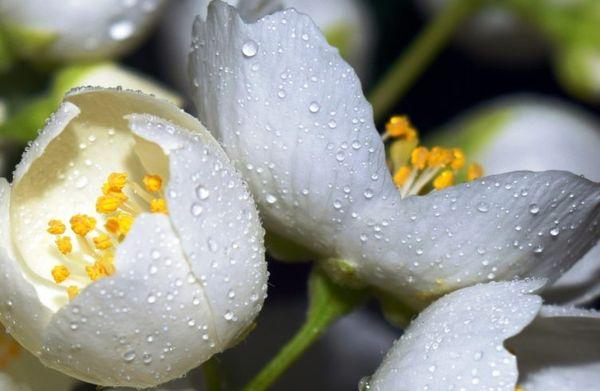
We organize competent care
It is important to know how to care for a flower when growing it in your home. For the successful development and flowering of the shrub, it is important to monitor watering, pruning, fertilizing, transplanting and preventive spraying from harmful insects and diseases. If everything is done correctly, then jasmine will delight with its flowers every year.
Watering
Water the jasmine as needed when the top of the soil dries up. Watering is limited by autumn. Also, during flowering and bud ovary, the plant is sprayed with warm water from a spray bottle. Humidification is not carried out in autumn and winter.
What and how to feed homemade jasmine
Top dressing of the shrub is carried out every 2 weeks during flowering and budding. For the winter, feeding is carried out 1 time. It is recommended to use complex fertilizers or combine several formulations together. Jasmine prefers feeding with nitrogen, phosphorus, potassium.
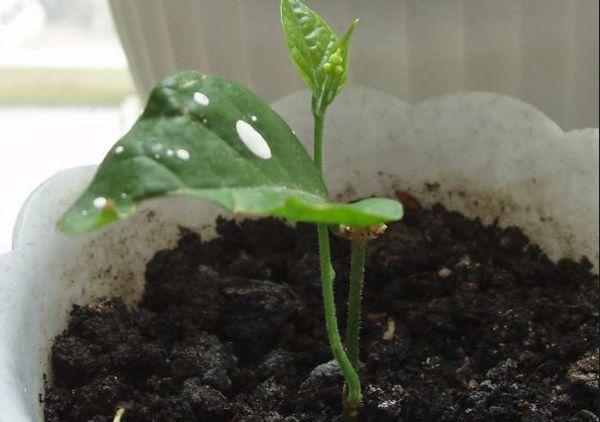
Important! Excessive fertilization of the plant with nitrogen stimulates the growth of green mass and stops flowering.
Pruning
At the beginning of development, pruning must be carried out to give the shrub a magnificent shape. A favorable period for this is the period from March to the end of February. Cut each shoot to one third of its length. Weakened and damaged shoots are cut to the ground. Pruning is useful for young and adult plants, and it also helps to give the shrub the desired appearance.
Prevention of diseases and parasites
To prevent the appearance of diseases and the attack of harmful insects, it is necessary to observe watering of the plant, sufficient room humidity and the required amount of sunlight. Before the bud ovary begins, it is recommended to carry out prophylactic spraying with fungicidal and insecticidal preparations.
Transfer
Young plants are replanted every year. After the age of three, they are transplanted once every 2-3 years. To do this, use a special soil with a slightly acidic environment or drainage. A suitable composition is also prepared independently.
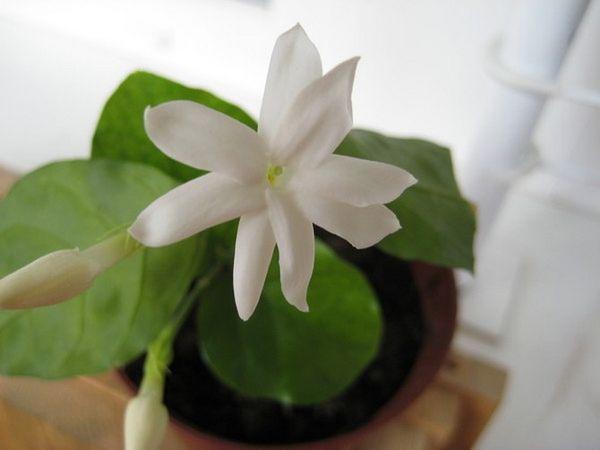
Reproduction
Reproduction of homemade jasmine is carried out by layering or cuttings. This will allow you to get several independent shrubs.
Layers
For reproduction, a hole is made in the mother's pot by layering and one shoot is buried. After root formation, the shoot is transplanted as a separate plant. To accelerate the process of root formation on the allocated shoot, the peel is cut off, and the place is lubricated with a root former.
Important! If there is not enough space in the pot, then a pot of soil is placed next to the mother shrub.
By cuttings
Cuttings are picked during pruning. Specimens 10-15 cm long and having 2-3 nodules are considered suitable. They are dipped into a container of water and wait until the first roots appear. Water is periodically added as it evaporates. When the roots grow up to 1 cm, the cuttings can be planted in the ground. To accelerate the appearance of roots, special preparations are used for this. So the natural process of root formation takes about 45 days.
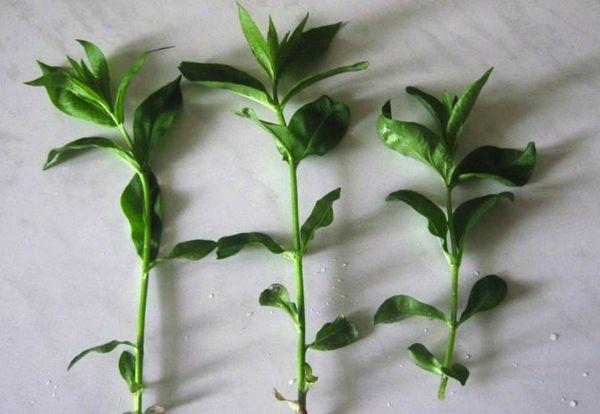
Possible problems and how to solve them
The most common problems that gardeners face when growing jasmine at home are: yellowing of the leaves, stunted growth, lack of flowering.
Jasmine doesn't grow
Plant growth stops when:
- insufficient lighting;
- lack of nutrients;
- overfeeding plants;
- moisture retention in the soil.
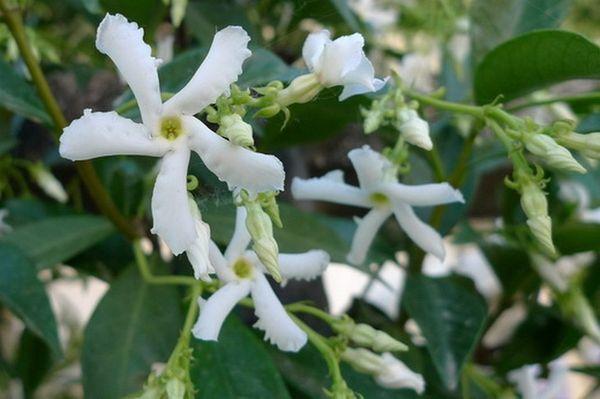
There is no flowering
If the jasmine has not bloomed, then the following problems are likely:
- insufficient acidity of the soil;
- too hard water, which is watered;
- too warm in winter;
- dry air;
- insufficient lighting;
- lack of nutrients.
Leaves turn yellow
The yellowing of the leaves lies in the following reasons:
- excess moisture;
- insufficient content of minerals in the soil;
- attack of harmful insects;
- burns from direct sunlight.
Eliminating grooming mistakes will restore healthy crop growth.
